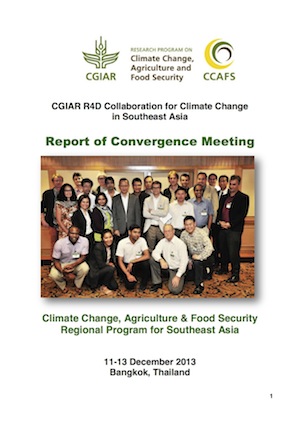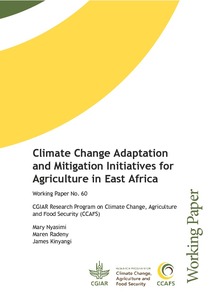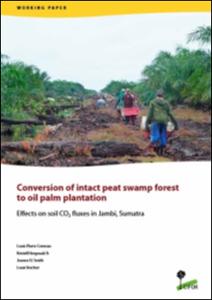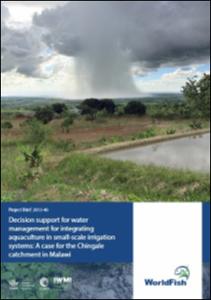An efficient sampling protocol for sagebrush/grassland monitoring
Rangeland scientists and quantitative ecologists have developed numerous methods and monitoring techniques that can be used for vegetation sampling (Barbour et al. 1987). The methods used to position samples (transects, quadrats, lines, and points) vary and can be classed as selective, capricious, systematic, or random. One of the prerequisites for valid statistical inference is that samples are taken randomly. A random sampling procedure implies that all elements or units of the population being studied have an equal chance of being represented in the sample.







